Growth Sector: Electric Vehicles Sales And The New Electric Economy Have Arrived
| 3D rendering of a modern electric car. Getty Images
Key takeaways
Electric vehicles are gaining popularity and market share. In Q2 2022, EV sales accounted for 5.6% of the total auto market (up from 2.7% in Q2 of 2021).
Clean energy and improved performance are driving people to make the switch to electric.
Government incentives continue to buttress the future of all things electric.
As the cost of gasoline soared this summer, it only helped to underscore the potential of electric vehicles, still the primary consumer bulkhead for the new electric economy in the U.S. Although gasoline prices are trending back downward, more consumers, businesses and municipalities are looking to electric power as the future of transportation.
To understand why Electric vehicles (EVs) are gaining popularity, let’s take a deeper dive into the sector.
Electric vehicles: Gaining ground
As a consumer, it’s easy to believe that electric vehicles are a relatively new thing. After all, they’ve only started gaining popularity in the last decade or so.
You might be shocked to learn that the first electric car in the U.S. hit the open road in 1890. Although William Morrison’s electric vehicle only hit a top speed of 14 miles per hour, this electrified ride jumpstarted America’s interest in EVs.
For a while, electric cars and gas-powered cars competed for market share in a big way. But when Henry Ford released the Model T in 1908, the tide turned in favor of gasoline-powered cars, and with that scale came even greater affordability.
Our modern interest in electric vehicles stems from the 1997 release of the Toyota Prius. As the first mass-produced hybrid electric vehicle, the car market started to get excited about modern electric vehicles.
As automakers create more cost-effective options for getting from point A to point B in EVs, more consumers are making the switch. As of the second quarter of 2022, EV sales accounted for 5.6% of the total auto market. That’s up from 2.7% in the second quarter of 2021.
Advantages and disadvantages of EVs
Since the Prius hit the market, EVs have significantly improved to compete with the gasoline-powered vehicles that are the current industry standard. Over time, EVs have become more cost-efficient to operate. Plus, improving technology has helped EVs drive longer ranges on a single charge.
However, there are still some clear pros and cons when it comes to electric vehicles. Here’s a closer look at both sides of the coin.
Benefits of electric vehicles
Let’s start with the advantages.
Energy efficiency (and cost)
According to the U.S. Department of Energy, electric vehicles are more energy efficient because they convert over 77% of electrical energy into power at the wheel.
That’s a big contrast to gasoline-powered vehicles, which convert 12% to 30% of the energy stored in gasoline to kinetic power.
Environmentally friendly
A significant draw of electric vehicles is the ability to limit your environmental impact while driving.
If the electricity consumed by your vehicle is produced by a nuclear, hydro, solar or wind source, then your ride emits no pollutants. But if you are charging up from fossil fuel-powered electricity sources, there are still pollutants caused by your drive.
Improved performance
According to the U.S. Department of Energy, electric motors create a smoother ride with stronger acceleration - simply put, we buy for horsepower but we drive for torque. EVs are all torque and they are quick off the line. Additionally, EV owners enjoy more limited maintenance requirements than owners of gas-powered vehicles.
Challenges facing electric vehicles
Of course, there are also some challenges that current EV owners deal with:
Driving range
When compared to gas-powered vehicles, EVs tend to have a more limited range. For example, most EVs can travel at least 100 miles on a single charge. While some can travel over 200 or 300 miles per charge, it’s usually a bit more limited than a gas-powered option.
The limited range of EVs can significantly impact consumers’ vehicle choices. Many customers cite a limited driving range as a reason for passing on EV purchases. According to the 2022 Global Automotive Consumer Study conducted by Deloitte, 20% of U.S consumers aren’t considering an EV due to concerns about the driving range. Since U.S. consumers reported an expectation for EVs to have a driving range of at least 500 miles, this limitation may be an issue for years to come.
Recharging infrastructure
Although charging infrastructure is growing, it’s not fully scaled still. Many would-be EV buyers will hold off on this purchase until they are comfortable with the availability of public charging stations.
According to the 2022 Global Automotive Consumer Study conducted by Deloitte, 14% of U.S consumers aren’t considering an EV due to concerns about the lack of available charging infrastructure.
Recharge time
Even if the charging infrastructure was sufficient for the growing demand, it takes significantly longer to recharge your EV than it would to fill up your gas tank.
Depending on the vehicle, it could take between 3 to 12 hours to fully recharge the battery. Even the quicker option to an 80% charge often takes at least 30 minutes. With that, EV drivers need to factor this extra time into their drive time calculations.
The changing landscape for electric vehicle production
As the technology powering electric vehicles improves, there are other factors at play in the industry. Although 13% of U.S. consumers reported that they do not consider purchasing an EV due to the cost, recent changes to the tax code could help to eliminate that burden.
When the Inflation Reduction Act of 2022 was passed in August 2022, it included provisions for tax credits for qualifying EV purchases. Those who purchase an EV that meets the requirements will receive a tax credit of $7,500. The U.S. Department of Energy has compiled a list of EVs that may qualify.
The tax credit is part of an incentive plan to meet the Biden administration’s ambitious goal of hitting a 50% EV target of sales shares in the U.S. by 2030. As governments continue to incentivize EVs, it’s possible consumers will start to adopt this newer technology.
Clean tech companies to watch
As electric vehicles gain popularity, other areas of the clean tech industry are also growing. Here’s a look at some clean tech companies to watch:
Tesla: No discussion of electric vehicles would be complete without Tesla, which is constantly pushing the technology and performance capabilities of this market forward.
No discussion of electric vehicles would be complete without Tesla, which is constantly pushing the technology and performance capabilities of this market forward. Wolfspeed Inc: Wolfspeed is a producer of semiconductors, which many vehicles rely on.
Wolfspeed is a producer of semiconductors, which many vehicles rely on. ChargePoint: This is the largest independently owned producer of charging stations, operating in 14 countries.
This is the largest independently owned producer of charging stations, operating in 14 countries. Soluna Computing: Soluna Computing is working on a way to efficiently sell every megawatt produced by solar or wind farms.
Of course, there are countless companies in this space. But as consumers and governments prioritize clean energy, the industry will grow in importance.
How to expose your investment portfolio to the EV economy
The main draw of an electric vehicle is the potential for a more environmentally-friendly lifestyle. With fewer trips to the gas station, less maintenance and the possibility of emission free driving, it’s easy to see why many are making the switch to electric vehicles.
You might not be ready for a new car purchase just yet, but it’s still possible to easily invest in a greener future with the help of Q.ai’s Clean Tech Kit, which makes investing in the electric vehicle economy easy (among other eco-conscious sectors). You’ll invest in an industry you believe in without the need to constantly monitor this rapidly evolving marketplace and the sentiment that too often drives stock prices.
Download Q.ai today for access to AI-powered investment strategies. When you deposit $100, we’ll add an additional $100 to your account.
A comprehensive analysis of New Energy Vehicle risk characteristics
Over the last decade or so, NEV sales have been booming in China. Without their own exclusive clauses, NEV motor insurance policies were blended with the conventional ICE portfolio. With the rapid increase in this portfolio, insurers are getting more and more concerned about the performance of this segment. Evidence clearly shows that EV insurance performance is poorer than ICE, in terms of both claim frequency and loss severity. To help the industry better understand the main 3 trends in NEV performance, Swiss Re's Automotive & Mobility Solutions – China team have taken a thorough approach utilising telematics data to investigate the root causes of such phenomenon.
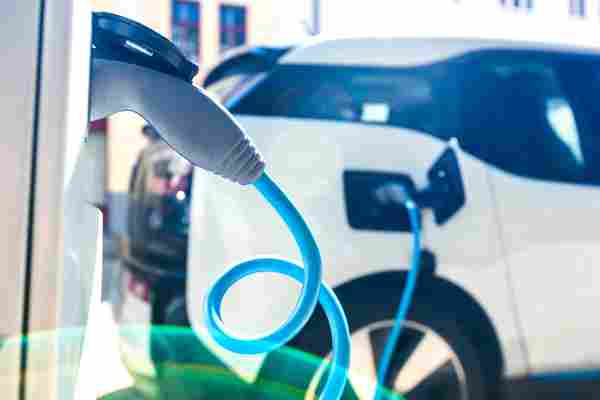
1. NEVs have a significantly higher claim frequency than ICE vehicles
New energy vehicles are different from internal combustion engine vehicles in terms of body structure, power system, maintenance, and display very different risk characteristics. In the past few years, the insurance loss ratio for NEVs under the traditional motor insurance clauses has been quite high, with claim frequency much higher than that of ICE vehicles. The reasons for this can be potentially attributed to the following 4 factors.
1.1. Unique design and features
1.1.1. Low noise level
New energy vehicles produce very little noise. This is a major advantage but also poses a traffic hazard. Drivers may miss road emergency service alerts because of their vehicle's sound insulation, and electric vehicles starting up or driving at low speed can go unnoticed by pedestrians or drivers of non-motorised vehicles, thereby causing traffic accidents.
In response to the excessively quiet nature of new energy vehicles when starting and driving at low speed, various countries have issued regulations to address this problem with technical solutions. For example, the United States [1] and the European Union [2] successively issued regulations in 2018-2019 to make it mandatory for all new electric and hybrid vehicles to install an Acoustic Vehicle Alert System (AVAS). This system alerts pedestrians when driving at low speeds. In the US, the speed that triggers AVAS activation is 30km/h or less, while in the EU sets 20km/h or less. China also implemented a national recommended standard for an Electric Vehicle Low Speed Alert Sound in 2019, but AVAS installation is currently not mandatory in China and most vehicles with low-speed alert sounds can be turned off manually.
1.1.2. Electronic control system safety
One of the fundamental differences between electric vehicles and internal combustion engine vehicles is that the Advanced Driving Assistance System (ADAS) have been widely equipped in almost all new energy vehicles, such as automatic emergency braking and autonomous parking. These devices are often only configured on advanced or luxury ICE vehicles.
As important as the vehicle design and technology, professional testing capability is key in automotive technology development. The current vehicle testing standards are mostly formulated on internal combustion engine vehicles, while the testing standards concerning new energy vehicles are still mainly focused on hardware, such as battery safety, cycle life, etc., few of which include the reliability of driving software risks.
1.2. Mismatch with traditional driving habits
1.2.1. Driving faster than expected
A prominent advantage of new energy vehicles is the ability to attain maximum power output within a very short space of time, which means that drivers often find themselves going faster than expected, especially when driving luxury and SUV vehicles.
The Highway Loss Data Institute (HLDI) [3] in the United States studied the frequency of car damage and third-party liability for a range of low-, mid-, and high-end electric vehicles and corresponding ICE vehicle types, such as the Toyota RAV4 EV 5dr 2WD and RAV4 4dr 2WD, as well as the mid-end electric vehicle Nissan Leaf, the high-end electric vehicle Tesla Model S and the corresponding mid- and high-end conventional internal combustion engine vehicles. HLDI found that the claim frequency of all low- and mid-end electric vehicles is 10% lower than that of corresponding conventional vehicles, and 30% lower in terms of average daily mileage, while the Tesla Model S has 10% higher average daily mileage than its corresponding high-end conventional vehicles. The claim frequency after standardising by mileage showed the difference between low-end electric vehicles and gasoline-powered vehicles has narrowed, while the difference between high-end electric vehicles and fuel vehicles has broadened.
It is worth noting, however, that the road conditions and driving styles may be quite different between different countries, due to their distinct urban construction, life, and working styles. As such, the findings presented in this study shall not be used as a direct guide to the motor insurance business in China, nonetheless its analytical methodology is worth studying.
1.2.2. Kinetic energy recovery
Kinetic energy recovery or the so-called "regenerative braking" technology is widely used in the field of pure electric and hybrid vehicles. Basically, it uses a power generator to convert the kinetic energy lost through braking into electricity and restores it in the power battery. When the kinetic energy recovery is on, there is a noticeable drag when the driver releases the accelerator pedal or lightly presses the brake pedal. Some brands even make it compulsory for the regenerative brake to be on. This along with the popular single pedal mode that have emerged in recent years have really taken this technology to the extreme.
It is important to note that while kinetic energy recovery technology can significantly improve the driving range of new energy vehicles, they also come with added uncertainties and potential safety hazards, such as:
When a driver is in this driving environment for a long period of time, the conventional sense of driving operation is lost and the probability of losing control over the vehicle increases. Studies show that when faced with danger, the human body usually subconsciously exerts a force rather than relaxing, as a result of the tension. Drivers who rely on frequently use the one-pedal driving mode are more prone to misusing the accelerator as a brake because they rarely press the brake pedal. The intensity of the regenerative brake also varies from manufacturer to manufacturer, which indeed adds a significant variable to the driver. Many owners report that in different road conditions, the intensity of the regenerative brake is sometimes large and sometimes small. For example, the effect on ramps and flat roads varies greatly and leads directly to the driver not being able to accurately predict the intensity of the vehicle's brakes after releasing the pedal. As a result, the driver does not have 100% confidence in the effectiveness of braking, which also reduces driving safety. This is particularly true in cases where emergency braking is required, the deceleration effect of regenerative braking is often insufficient, and drivers tend to ignore or delay pressing the brake pedal due to changes in habits.
Another commonly criticised issue is that the brake lights on some NEVs do not come on when the vehicle is in kinetic energy recovery mode, which can easily cause rear-end vehicles to misjudge the NEV's movement and increases the probability of rear-end collisions. The current logic of whether the brake light comes on in kinetic energy recovery mode is not universally consistent across different manufacturers.
The industry regulations state that:
The brake light cannot come on at a deceleration of less than 0.7m/s². At deceleration of 0.7-1.3 m/s², the vehicle manufacturer may define the brake light and the rules for its lighting. For deceleration greater than 1.3m/s², the brake light must come on.
Swiss Re analysed the Telematics data of four different electric vehicle brands, and estimated the instantaneous deceleration of the vehicle in the kinetic energy recovery mode based on the instantaneous power of the drive motor (note: there are some limitations in the accuracy of this estimation).
Figure 1 shows the distribution of standard deviation of estimated deceleration. The order of magnitude is Vehicle A Electric Vehicles - Worldwide
CO2 emissions have a serious impact on the climate and the environment. They contribute to the greenhouse effect, which causes climate change. Traffic is responsible for nearly one quarter of all CO2 emissions worldwide. Electric vehicles (EVs) could decelerate climate change because they have the potential of being completely carbon-neutral if their batteries and the electricity to power them are produced using renewable energies.

The Electric Vehicles segment includes information about electric vehicles in countries where, according to our sources, a public electric vehicle charging infrastructure is already available. In this context, “public” means that people have unrestricted access to the charging infrastructure. A vehicle can be defined as electric if it is self-contained with a battery or classified as a plug-in hybrid. All key figures shown represent the sales of new cars, and their basic configuration in the respective year. The figures do not include the sale of used vehicles nor adapted equipment for the new cars sold. The prices and revenues shown are accordingly based on the basic models.


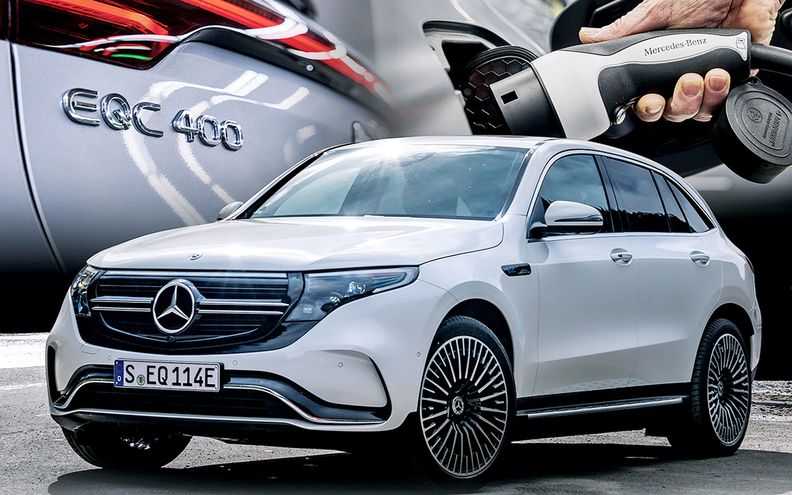
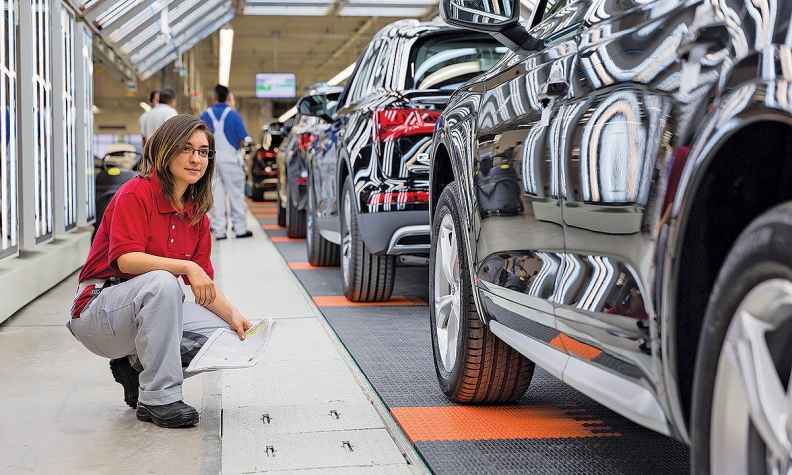

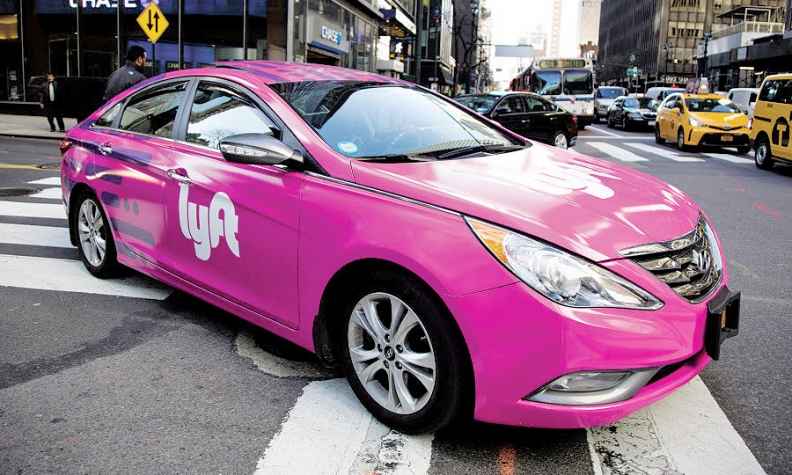
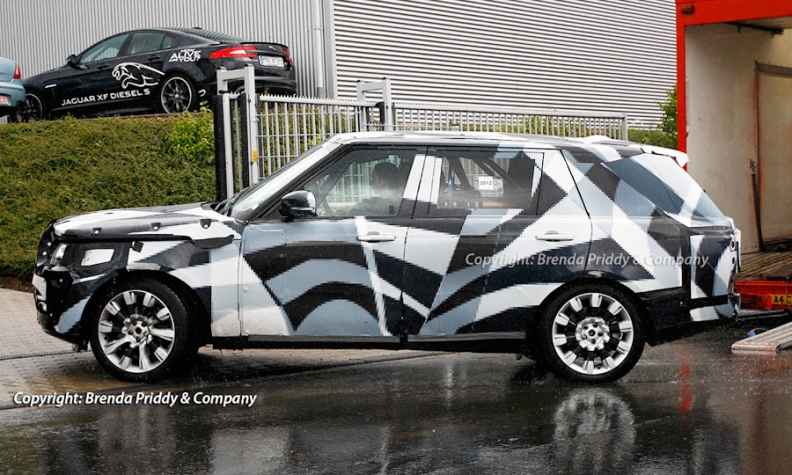
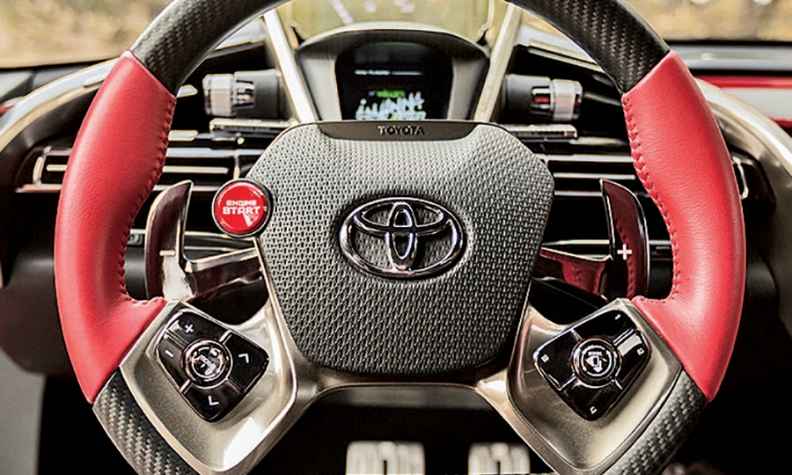
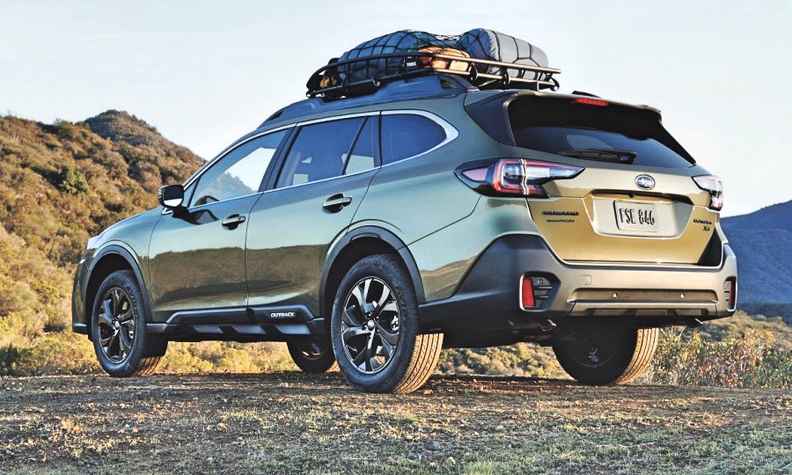
Post your comment